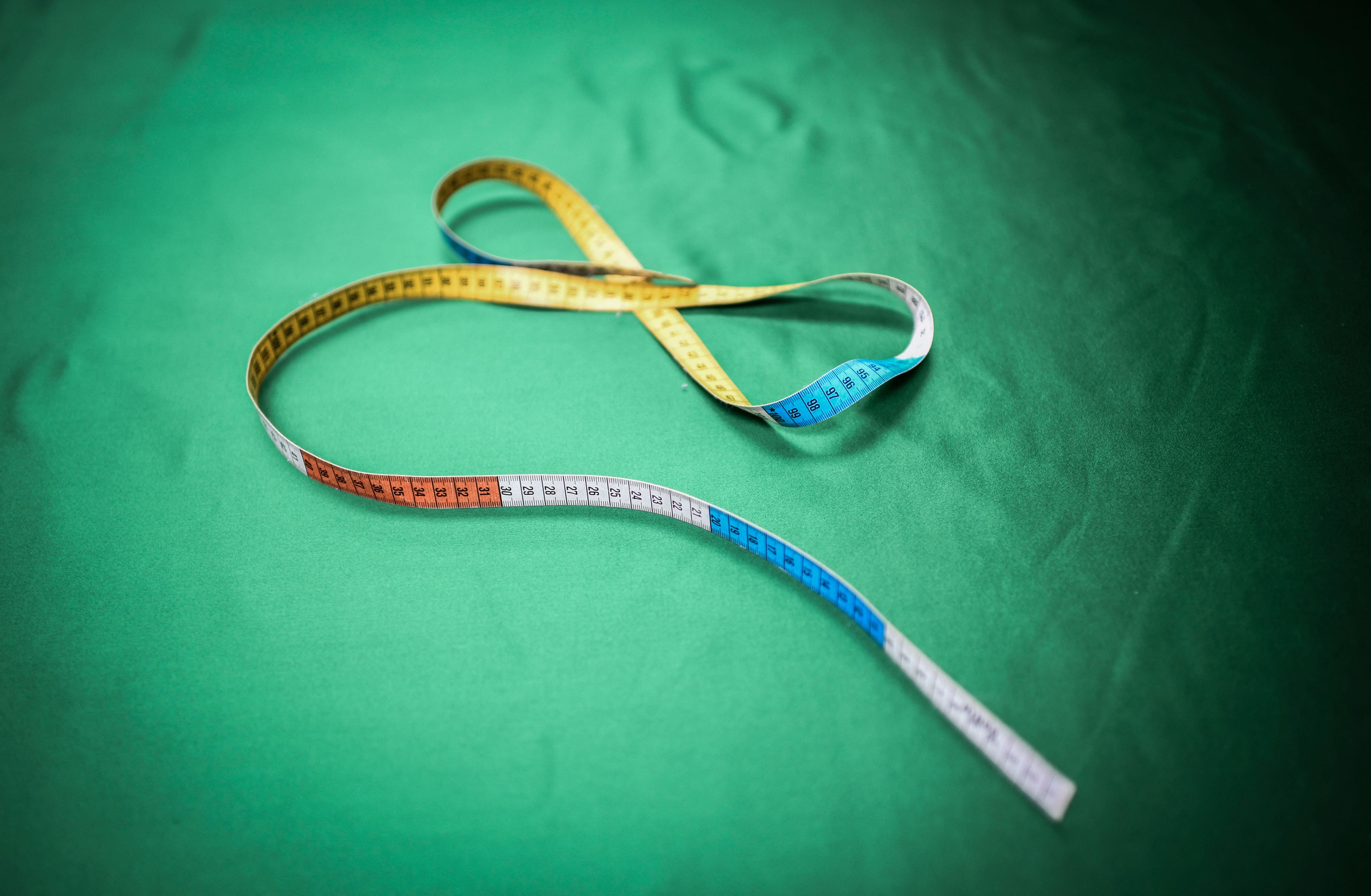What are imperial measurements and how do they compare to metric?
The change from imperial to metric measurements happened in 1973 when the UK joined the European trading bloc

Shops in the UK could soon be allowed to ditch the metric system of measurements after ministers said they would review the country’s ban on imperial units in the aftermath of Brexit.
The change from imperial to metric measurements started when the UK joined the European trading bloc in 1973, but it wasn’t until 2000 that shops, market stalls and supermarkets faced prosecution for selling goods in imperial units.
The rules were created to standardise weights and measures across the continent, although the UK still retained the use of some units like pints and miles.
However, traders could now be offered the opportunity to return to the pre-EU system. The Cabinet Office explained in its “Brexit Opportunities” document which was released on Thursday: “We will review the EU ban on markings and sales in imperial units and legislate in due course.”
With these proposed changes on the horizon, The Independent explains below what exactly imperial measurements are and how they compare to metric.
Weight
Stone (st), pounds (lb) and ounces (oz) are imperial units used to measure weight. Their equivalent metric units of measurement are grams (g) and kilograms (kg).
One stone is equivalent to 6.4 kilograms.
One pound is equivalent to about 454 grams.
One ounce is equivalent to about 28 grams
Length
The UK currently measures certain distances with imperial units, while it measures others using the metric system. Imperial miles (mi) are used in the UK instead of kilometres (km), yet measurements for shorter distances are currently taken in metres (m), centimetres (cm) and millimetres (mm), rather than the imperial yards (yd), feet (ft) and inches (in).
One mile is equivalent to 1.6 kilometres.
One yard is the same as 91 centimetres.
One foot is the equivalent to 30 centimetres.
One inch is equivalent to 2.5 centimetres.
Area
Several of these units can also be used in calculations of area, for example square feet (sq ft) and square inches (sq in) instead of square metres (m²) and square centimetres (cm²). The imperial unit of acres (ac) is also used to measure areas which would otherwise be measured in metric square metres or square centimetres.
Volume
Before the UK became part of the European Union, gallons (gal) were used to measure volume, rather than litres (L). Petrol used to be purchased in gallons rather than litres. Pints (pt), however, have remained a staple in the UK’s measurement system both before and throughout the country’s time in the EU. Drinks such as milk and beer are still sold in imperial quantities, rather than metric. Fluid ounces (fl oz) also used to be used to measure volume, prior to the introduction of the metric system. Their metric equivalent is millilitres (ml).
One gallon is equivalent to 4.6 litres.
One pint is the same as 568 millilitres.
One fluid ounce is the same as 28 millilitres.
Join our commenting forum
Join thought-provoking conversations, follow other Independent readers and see their replies
Comments